
The director of the Pediatric Headache Program at the Children’s Hospital of Philadelphia said that for these patients, there are still many questions without answers.

The director of the Pediatric Headache Program at the Children’s Hospital of Philadelphia said that for these patients, there are still many questions without answers.
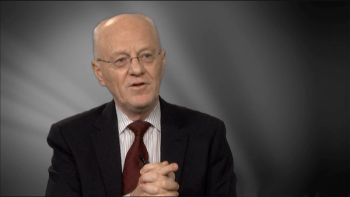
How did erenumab's approval by the FDA change the landscape of migraine treatment?

The director of the Pediatric Headache Program at Children’s Hospital of Philadelphia spoke about the potential for CGRP inhibitors to find use in pediatric patients.

Robbins discusses the exciting future of true designer drugs in the works for migraine prevention as well as the challenges that remain in the space.

The nonselective ß-blocker proved efficacious in comparison with placebo in a pilot trial.

Stephen D. Silberstein, MD, discussed the powerful impact that the new class of CGRP inhibitors is beginning to have on migraine.
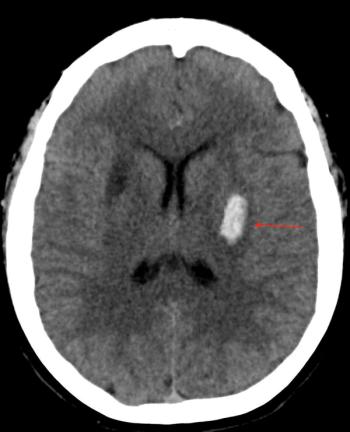
A 39-year-old male with a past medical history of hypertension and depression woke up with a severe headache, difficulty speaking, and right-sided weakness. Read the case details here.

Researchers sought to find whether the risk of later cerebrovascular events was associated with a hospital admission for migraine.
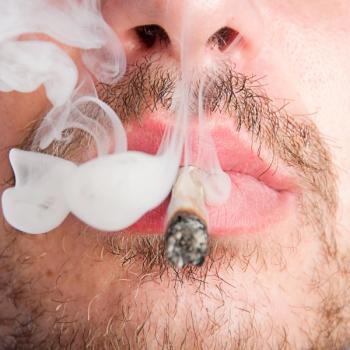
This just in: the first study to systematically evaluate cluster headache in individuals never exposed to tobacco smoke versus those who have been exposed.
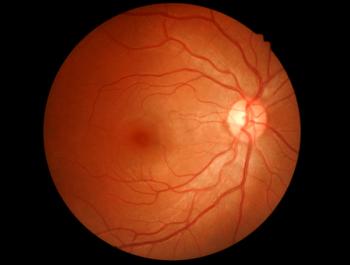
A 20-year-old female presents with headache symptoms that, upon fundoscopic examination, potentially point to a medical emergency.

New research found elevated estrogen levels in nonobese men with migraine and provides evidence of lower levels of testosterone in men with migraine versus men without migraine.

After success in migraine treatment, CGRP has now shown a positive effect on acute cluster headache in a randomized clinical trial.
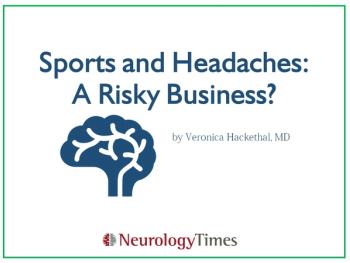
Which sports-related migraine is associated with longer recovery time, as well as cognitive, neurobehavioral, and somatic symptoms? Test your skills in this quiz.

Some studies have suggested that patients with medication overuse headache may be among the most disabled of headache patients. What are the options for self-detoxification?

Phase III results have shown galcanezumab is efficacious for multiple headache conditions.

The anti-CGRP treatment continues reducing migraine days a year after patients received infusions.

Rimegepant significantly reduced pain and the most bothersome symptom while showing an "excellent" safety profile for patients with acute migraine attacks.

The intravenous quarterly CGRP inhibitor eptinezumab significantly reduced monthly migraine days compared with placebo for patients with chronic migraine.
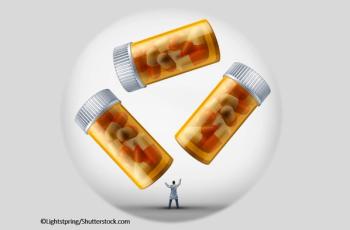
The combined use of opioids for migraine and triptans or SSRIs/SNRIs for depression can result in serotonin syndrome, which produces symptoms that range from mild to severe to potentially life-threatening.
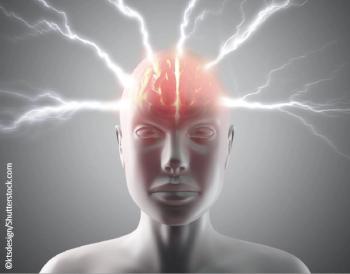
Which medications have been linked to idiopathic intracranial hypertension? Take the quiz and learn more.
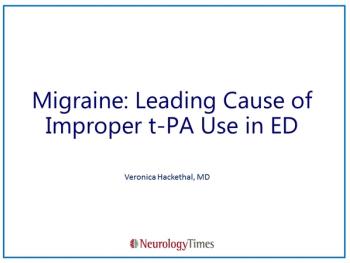
Eighteen percent of all improperly used thrombolytic treatments in the emergency department occur in patients with migraine with aura.
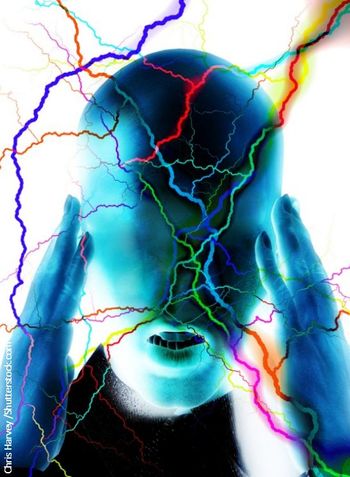
Mode of delivery, mechanism of action, and efficacy of a novel treatment are discussed in this research update.

The FDA has approved a new drug for the prevention of migraines. Will the injectable treatment help reduce the number of days of migraine headaches?

The first-in-class anti-CGRP monoclonal antibody erenumab has gained FDA approval for the prevention of migraines.
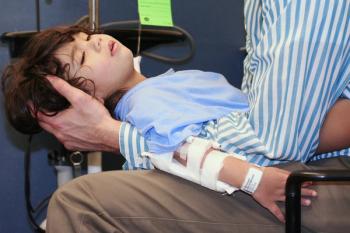
While migraine is distinct from stroke in its gradual onset and lack of focal motor weakness, it is also a predisposing factor for childhood stroke. That can raise the question, “Is it another migraine or is it actually stroke this time?”